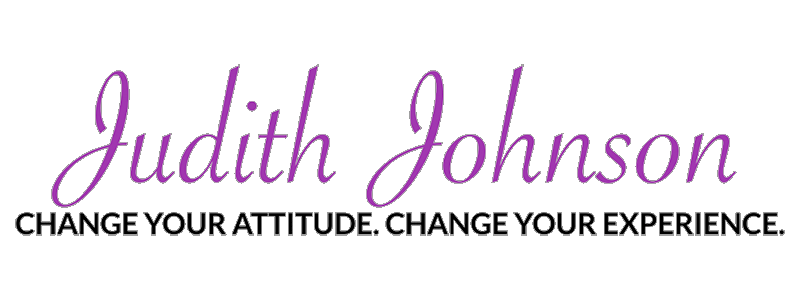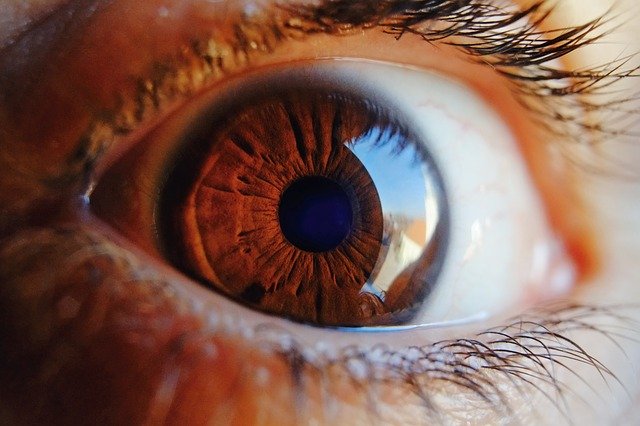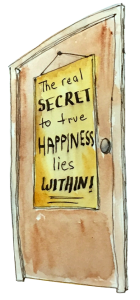Every second, we are bombarded with information.
What Do We Perceive?
In his book, Strangers to Ourselves, Timothy Wilson quantifies the processing capabilities of the human brain.
While the conscious mind processes 40 bits of information per second, the unconscious mind processes 11 million!
The fact that most of our data processing is unconscious is a great kindness in human design!
How does anyone process so much information? It’s a wonder we don’t blow our own minds! How we sort and store this massive amount of information is one of the greatest wonders of the world.
Don’t be fooled. It is easy to falsely assume that a conscious perception is more impactful than an unconscious one. In fact, being unconscious does not make a perception any less potent in impacting our thoughts, feelings, and behaviors. When something is unconscious, it means we have no awareness of it. And, if we have no awareness, we can’t do anything about it.
This is why it is so important to intentionally excavate your unconscious mind when you are out of balance in your life. Self-observation is a great place to start. Pay attention to your beliefs, fears, doubts, and concerns. Bring them to your awareness. See if you can challenge their accuracy to change your point of view.
Remember, we are not only perceptual beings. We process and interpret data as well. We are intentional beings who place our focus here instead of there. We choose this action instead of that one.
Consider the fact that the sheer magnitude of unconscious data creates the need for a system of filters to organize incoming information. These filters become autopilot decision-makers for how we respond unconsciously, and they determine the content we perceive consciously.
Furthermore, we may not even be aware of those 40 bits that we take in consciously if we are not focused upon them. For example, I might notice your smile but not the clothes you are wearing while both are among my 40 bits that second.
Where does all this data come from? We gather data from our environment. We also gather information about how people treat us and how that makes us feel. Impressions are made.
Our visual perceptions dominate all others. Our brains give preference to visual information. Researchers L.D. Rosenblum, Harold Stolovitch, and Erica Keeps refer to our senses as learning portals. They offer the following statistics regarding the percentage of data processed by each of our five senses:
Sight *: 83%
Hearing: 11%
Smell: 3.5 %
Touch: 1.5 %
Taste: 1.0 %
*(both through our eyes and unconscious visual perception)
How Do We Decide What is Normal?
Patterns of “normalcy” are initially taught by others. We learn to catalog some things as good and others as bad. For the first five years or so of our lives, we are like little sponges. We absorb it all before our frontal cortex sufficiently develops for us to begin to evaluate our own perceptions. Thus, we begin by seeing through the eyes of others. And, they may or may not be seeing clearing themselves and might not have our best interests in mind.
Our sense of reality is skewed by the autopilot filtration settings of our data processing, largely programmed by others – our parents, teachers, friends, affiliations, and culture.
“If we do not intimately explore our perceptual framework, we will be its victim.”
What should we do?
“It is vital that we pay attention to how and why we function as we do.”
Here’s an example. One day, well into my own process of self-exploration, I made a profound psychosomatic connection. I held my arms fully extended in front of me with my hands turned upward like stop signs. This was to demonstrate to someone how I had been living my life. I had come to believe that I needed to protect myself. So I lived as though keeping everyone at arm’s length so they wouldn’t be able to get close enough to hurt me. It was a fundamental survival strategy I was unconsciously enacting. As I looked at my arms, I understood why I had developed carpal tunnel syndrome in both wrists and bone spurs in my shoulders. Once seen, I began to deconstruct the scaffolding of this way of being. I consciously rolled my shoulders and dropped them at my side whenever I was scared or unsure of myself. This in turn caused me to experience the vulnerability of lifting my chest up and letting my heart lead me forward into the world. Through conscious and intentional repetition, I was able to override my old pattern. I stepped into a healthier and more trusting way of moving through the world.
This kind of remedial inner work is essential to personal freedom. We are all broken in some places within ourselves. But if we don’t take the time to find out where, we limp through life when we could be skipping. Most people don’t do this inner work. Those who do have access to a kind of freedom and inner peace that is absolutely delicious. So, remember those two numbers and let them motivate you to do your inner work. It’s a matter of mental and emotional hygiene and ecology.
Remember as you move through this world, it doesn’t matter so much what is going on outside of us. It matters what we do with that inside ourselves. That is ultimately what determines whether we exist at the effect of external circumstances, or we thrive from the inside out.
If you would like to know more about me and my work, please explore my website here.






